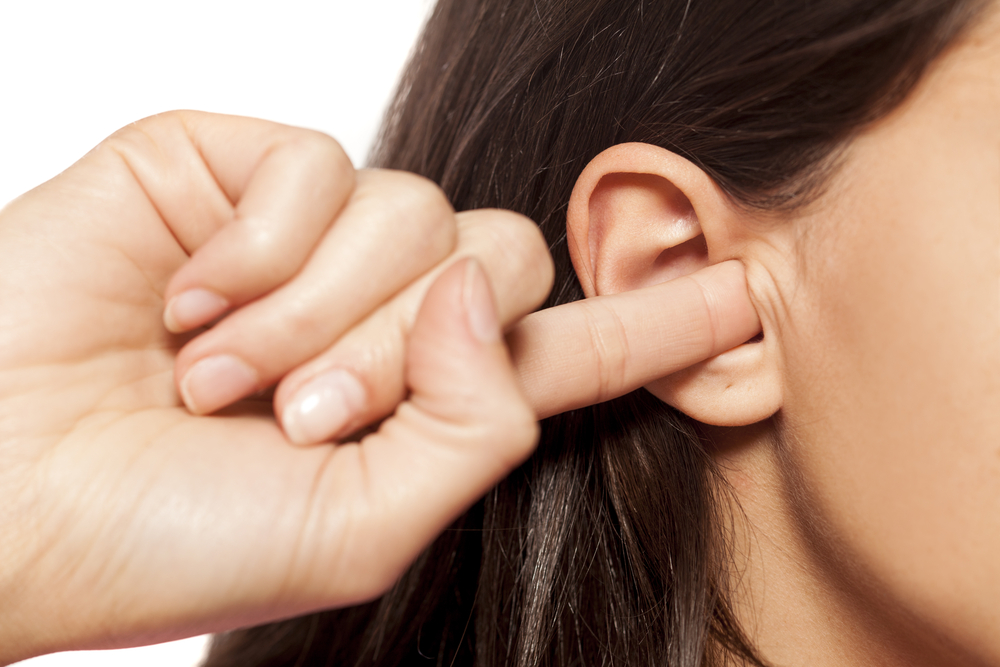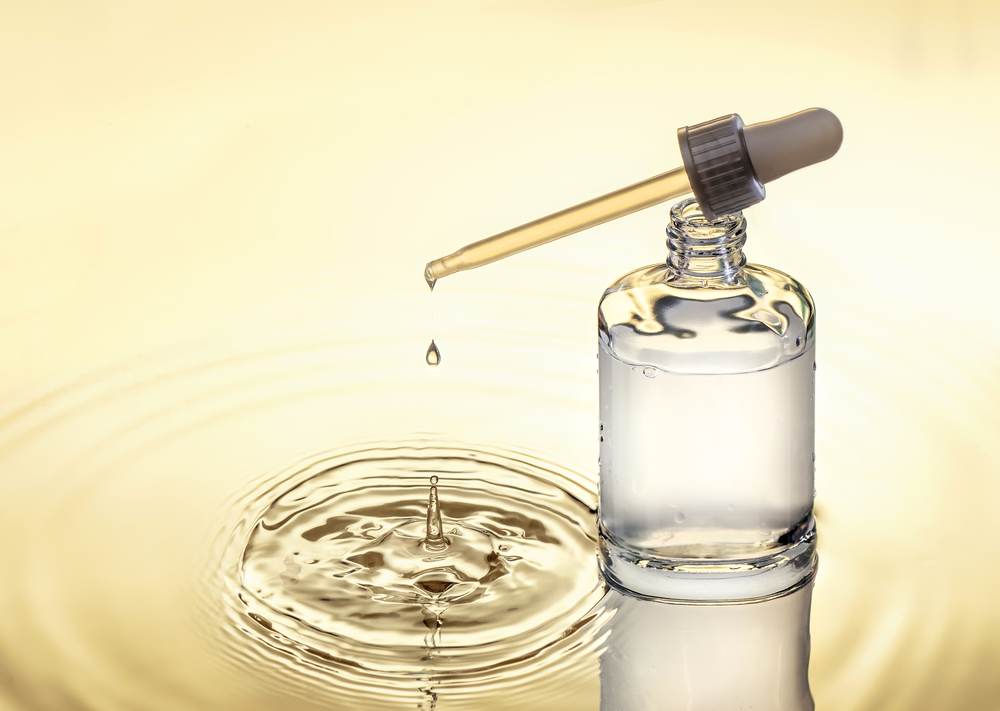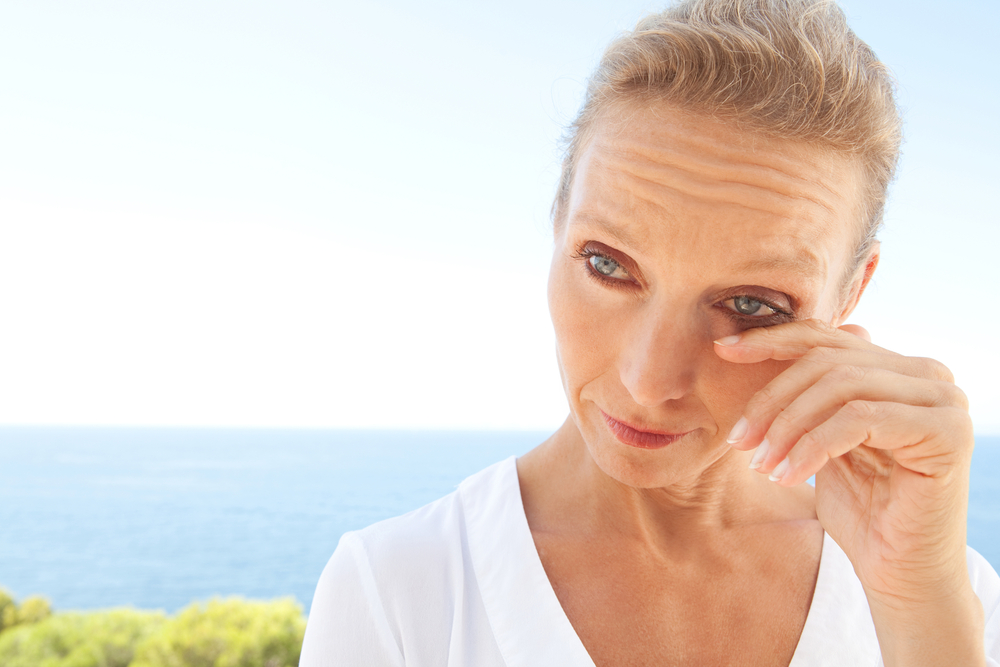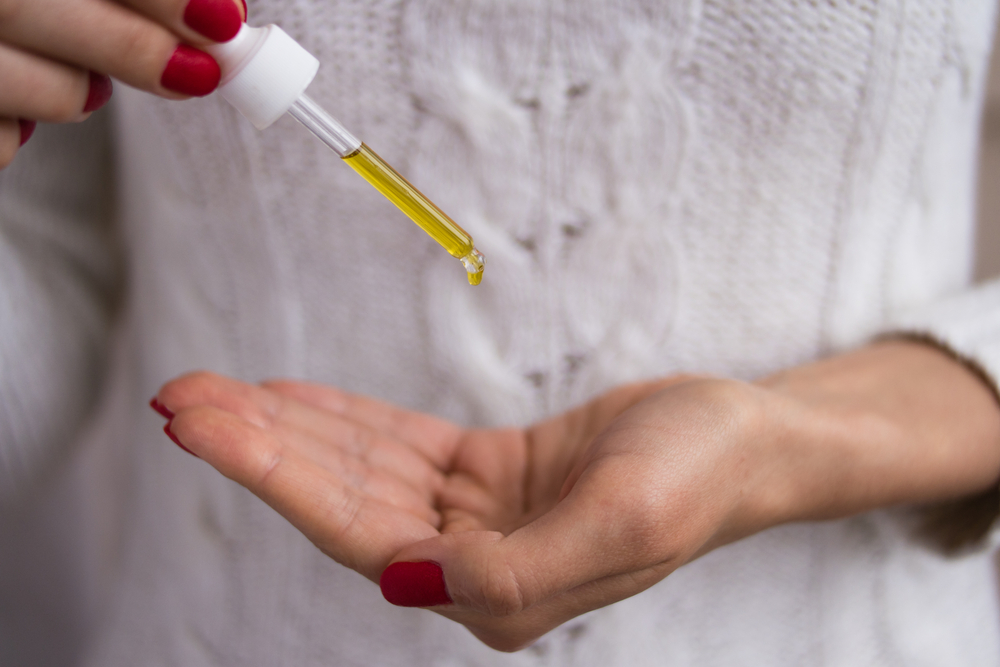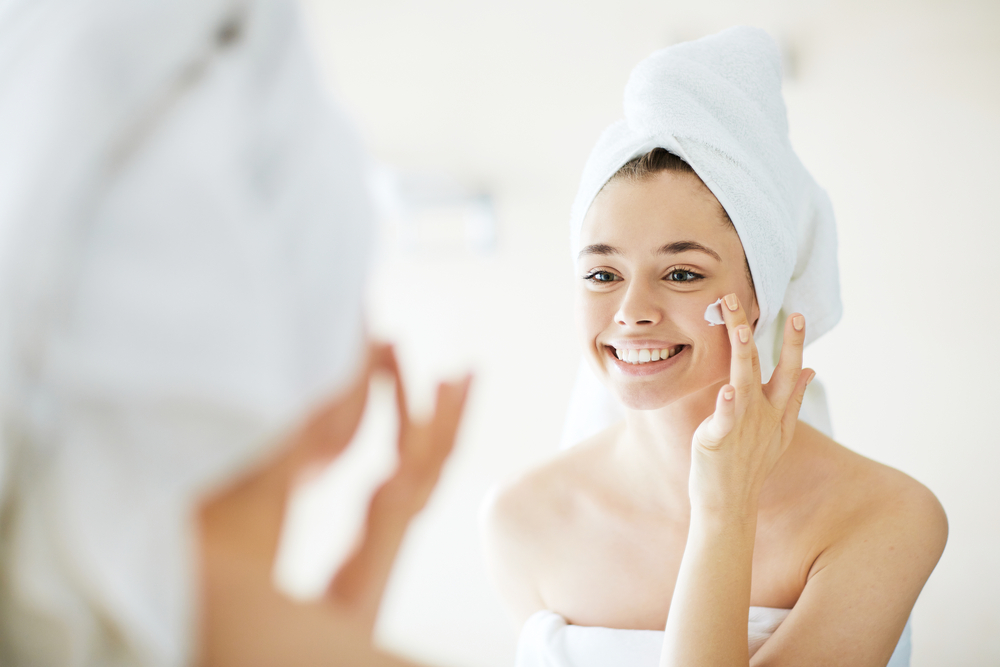- Ear dandruff can be treated with over-the-counter medicated soaps and shampoos.
- Good hygiene, a healthy diet, and other lifestyle habits can also help eliminate ear dandruff.
- Severe cases of ear dandruff may require a visit to a dermatologist for prescription-strength products.
If you thought dandruff was a nuisance reserved for your scalp, think again. This skin condition can also cause flaky, greasy scales to form inside the ear. Not only is this common issue itchy and uncomfortable, it’s also unsightly.
Where does dandruff come from?
Dandruff can have many causes. One of them is the single-cell fungus Malassezia which lives on our scalps, leaving behind a natural fatty acid, oleic acid, as a byproduct. Sensitivity to this acid can cause dandruff. When oleic acid irritates the skin, it can trigger anything from itching, redness, and white or yellow flakes.
Moreover, when skin cells divide faster than they are sloughed away through scrubbing the skin during cleansing and exfoliating, they can cause a buildup that leads to flakes.
Seborrheic dermatitis, a skin condition that can also cause dandruff, may be attributed to the following factors:
- Genetics
- Changes in your skin barrier function
- Shifts in oil gland activity
- Irregular immune system responses
- The presence of certain yeasts on the skin
Stress, extreme weather, and oily skin are all risk factors for this condition.
While seborrheic dermatitis can appear on many different areas of the body, the outer ear is one of the most common. What’s worse, it can sometimes spread down into the ear canal, causing an itch that cannot be scratched.
Fortunately, just like dandruff on the scalp, moderate cases of ear dandruff can be controlled with the right combination of over-the-counter products.
Cleanse with medicated shampoo
Poor hygiene can aggravate dandruff, so the first step to ridding your ears of dandruff is to properly cleanse the skin. Ideally, you want to wash your ears daily, as Malassezia, the fungus that can cause dandruff, feeds on oily buildup produced by the hair follicles.
Nizoral Anti-Dandruff Shampoo contains the antifungal medication ketoconazole (1%), which is known to control dandruff symptoms like flaking and itching.
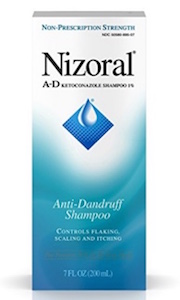
If you notice any scaling of the skin, be sure to wet your ears before cleaning. Apply the product to a washcloth and take your time maneuvering into the creases and folds of your ear in order to thoroughly treat the dandruff.
There are many shampoos specifically formulated to treat dandruff. Look for products that contain such ingredients as salicylic acid, ketoconazole, or selenium sulfide. Tar-based shampoos may also prove helpful.
Reach for zinc soap
Zinc pyrithione, an antibacterial and antifungal agent, is currently one of the most common active ingredients used to treat dandruff and seborrheic dermatitis as it helps to stop the Malassezia fungus from growing and spreading. Studies have proven that people who used products containing zinc pyrithione saw a reduction in their dandruff.
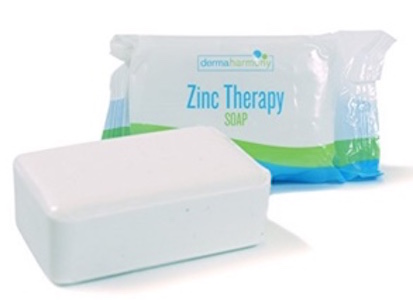
You may want to try washing your ears with DermaHarmony 2% Pyrithione Zinc Bar Soap. This gentle, fragrance-free soap is safe for all skin types to use but still powerful enough to help eradicate dandruff symptoms.
Be sure to wash with lukewarm water, since hot water can dry out and irritate the skin further.
Ease itching
Itching is one of the most unpleasant symptoms of ear dandruff. And while scratching can provide temporary relief, it can also put you at a higher risk of infection.
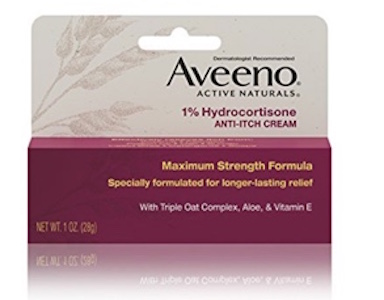
Applying a cool compress on your ears can provide some comfort. If the skin is irritated, you may also want to apply a hydrocortisone cream or ointment to reduce inflammation. For best results, find one that contains at least 1 percent hydrocortisone, like Aveeno 1% Hydrocortisone Anti-Itch Cream, Maximum Strength.
Not only does it help to moisturize dry skin and relieve itching, it also leaves behind a protective barrier on the skin. Apply the cream one to three times a day to alleviate your symptoms.
Humidify your environment
Ever noticed that your ear dandruff worsens during the harsh winter months? You’re not imagining things. Conditions during this colder season can make you more prone to dry skin, exacerbating your dandruff. Using a humidifier, particularly in the bedroom where you spend a large portion of your time sleeping, can make a significant difference.
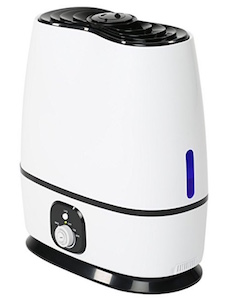
Before bedtime, plug in the Everlasting Comfort Ultrasonic Humidifier to quickly restore moisture to the air and help prevent your ear dandruff symptoms from worsening.
Slather on the SPF
Sun damage can trigger inflammation, so it’s best to protect the skin on your ears from the sun if you are suffering from dandruff. Applying a light layer of sunscreen directly on the skin of your ears daily will shield them from UVA and UVB rays, which can irritate and worsen your dandruff.
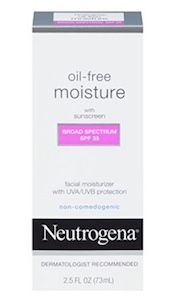
Make sure to look for an oil-free formula, like Neutrogena Oil-Free Moisture With Broad Spectrum SPF 35.
Can certain foods cure ear dandruff?
What you eat can have a major impact on the condition of your skin. While certain foods may exacerbate dandruff, others can do just the opposite.
You may want to reduce your sugar consumption as it can lead to more inflammation in your body. Sugary foods also encourage the overgrowth of Candida, a yeast that is often linked to dandruff.
In fact, a 2006 study found that Candida cells are comprised of about 32% glucose. In other words, consuming excess sugars means providing Candida with the key building blocks it needs to thrive. Candida to grow biofilms and protect itself. High sugar consumption also negatively affects the levels of vitamins C and E, antioxidants that are key for keeping your immune system healthy, in your bod. Weakened immunity is a risk factor for dandruff.
If you suspect you may have a food allergy, such as to wheat or dairy, you may want to consider an elimination diet for two weeks to a month to determine whether any particular foods are worsening your dandruff.
As far as foods that can help with dandruff, start by incorporating some zinc into your diet, either via particular foods that are high in this mineral or with a supplement. Zinc, which is found in foods such as nuts, legumes, and oysters, is known to be effective at controlling the production of sebum (the natural oils produced by your skin glands).
Vitamin B deficiency can also contribute to dandruff, so you’ll want to consume foods rich in this vitamin, such as leafy greens, poultry, and whole grains. Allicin, a compound found in garlic, is known to have antifungal and anti-inflammatory properties, so consider chopping this vegetable into some of your meals.
To keep yeast under control (and prevent an overgrowth of Candida), try taking a daily probiotic supplement, which promotes a balanced, healthy gut.
When should I see a dermatologist?
Those with more severe cases of ear dandruff may need to seek help from a medical professional. A board-certified dermatologist will be able to devise the right treatment plan based on your specific symptoms and needs, whether that means a prescription cream, ointment, or some other course of action.
For example, some dermatologists may prescribe powerful antifungal lotions (such as Ciclopirox), or a corticosteroid or sulfacetamide sodium. They may also prescribe topical anti-inflammatory medications such as pimecrolimus or tacrolimus, which help keep the immune system in check thus preventing flare-ups.
The reality is that ear dandruff tends to be a recurrent issue, meaning it can flare back up at any point. If none of the aforementioned tactics appear to be helping with your ear dandruff, search for a qualified cosmetic doctor in your area who can help you address and alleviate this pesky condition once and for all.
» To find out more about professional and at-home dandruff treatments, meet our Medical Review Team.





